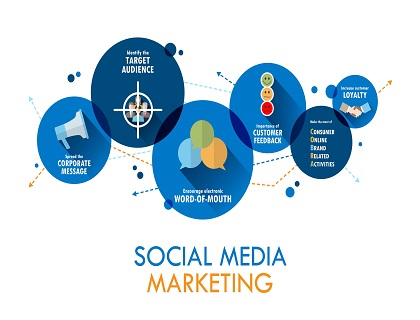Performance marketing has revolutionized how businesses approach advertising and customer acquisition by focusing on measurable results and ROI. Unlike traditional marketing approaches, which often rely on vague metrics like brand awareness, performance marketing uses data-driven tactics to track and optimize campaigns in real-time. Here’s a comprehensive guide to understanding performance marketing and leveraging it to maximize your marketing investments effectively.
Introduction to Performance Marketing
Performance marketing is a results-driven approach that emphasizes measurable outcomes, such as clicks, conversions, and sales. It shifts the focus from impressions and reach to tangible actions that directly impact business objectives and ROI.
Core Principles of Performance Marketing
- Clear Goals and KPIs: Define specific goals (e.g., sales, leads, app downloads) and key performance indicators (KPIs) to measure success and track campaign performance.
- Targeted Audience Segmentation: Utilize data analytics to identify and segment your target audience based on demographics, behavior, and preferences, ensuring precise targeting and personalized messaging.
- Real-Time Optimization: Continuously monitor campaign performance and adjust strategies in real-time to maximize efficiency and ROI. A/B testing, ad creative variations, and bid adjustments are common optimization techniques.
Key Performance Marketing Channels and Strategies
- Search Engine Marketing (SEM): Utilize paid search ads (e.g., Google Ads) to target users actively searching for relevant keywords related to your products or services.
- Social Media Advertising: Leverage platforms like Facebook, Instagram, LinkedIn, and Twitter to reach specific audience segments through targeted ads based on demographics, interests, and behaviors.
- Affiliate Marketing: Partner with affiliates and influencers who promote your products or services in exchange for a commission based on the sales or leads they generate.
Measuring and Analyzing Performance
- ROI Calculation: Measure return on investment (ROI) by comparing campaign costs to revenue generated or other predefined KPIs. Tools like Google Analytics and performance marketing platforms provide detailed insights into campaign performance.
- Attribution Modeling: Understand the customer journey and allocate credit to different touchpoints (e.g., first click, last click, multi-touch) that contribute to conversions, optimizing budget allocation and campaign effectiveness.
Case Studies and Examples
Explore how companies across various industries have successfully implemented performance marketing strategies to achieve measurable results and drive business growth. From direct-to-consumer brands to multinational corporations, learn from real-world examples of effective performance marketing campaigns.
Conclusion
Performance marketing offers businesses a strategic approach to maximize marketing ROI by focusing on measurable outcomes and data-driven optimization. By adopting performance marketing strategies tailored to your business goals and audience preferences, you can enhance marketing efficiency, drive meaningful engagement, and achieve sustainable growth in today's competitive landscape.










